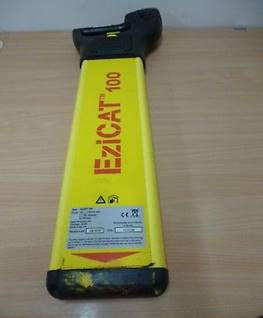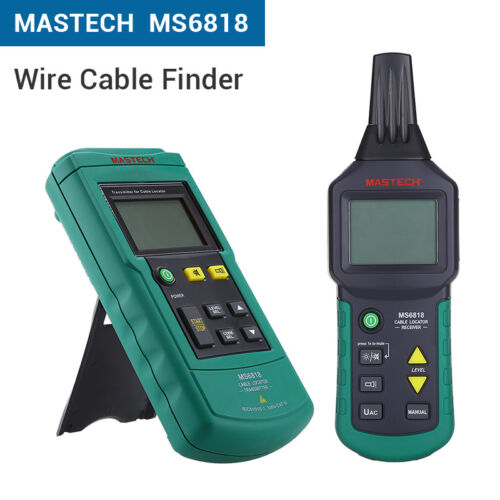- Reaction score
- 5,604
Afternoon everyone..
During some testing I have found an IR reading of 0.01MΩ between N-E. This is on a length of SWA buried underground from the main consumer unit in the house to a garage consumer unit. The poor readings are not on the outgoing circuits in the garage.
There must be a join somewhere as it is T&E leaving the main CU and then SWA entering the garage CU. I cannot find this join.
The length of run is very approx 40m (as I don't know the course it takes underground). It is below many paving stones, and various other obstacles. It would cost a lot and cause major disruption to run a new cable so I am considering how to find the fault area. It's a difficult choice as it could takes days of fault finding and perhaps cause even more disruption than a planned route for a new cable.
One thought is to use an ezicat 100 cable finder to at least work out the route of the cable and then dig in certain areas (that are easier to get to). Then perhaps cut the cable and test both ends to see which I can keep in situ and which needs further investigation. I have never used an ezicat 100 before, are they reliable? Would this be a situation where it is the right tool for the job?

 www.trenthireandsales.co.uk
www.trenthireandsales.co.uk
Thanks all.
During some testing I have found an IR reading of 0.01MΩ between N-E. This is on a length of SWA buried underground from the main consumer unit in the house to a garage consumer unit. The poor readings are not on the outgoing circuits in the garage.
There must be a join somewhere as it is T&E leaving the main CU and then SWA entering the garage CU. I cannot find this join.
The length of run is very approx 40m (as I don't know the course it takes underground). It is below many paving stones, and various other obstacles. It would cost a lot and cause major disruption to run a new cable so I am considering how to find the fault area. It's a difficult choice as it could takes days of fault finding and perhaps cause even more disruption than a planned route for a new cable.
One thought is to use an ezicat 100 cable finder to at least work out the route of the cable and then dig in certain areas (that are easier to get to). Then perhaps cut the cable and test both ends to see which I can keep in situ and which needs further investigation. I have never used an ezicat 100 before, are they reliable? Would this be a situation where it is the right tool for the job?

EziCAT 100 - Trent Hire and Sales
It detects alternating (AC) electromagnetic signals radiated due to currents flowing in conductive buried services. The operator is given the location and direction of the underground service when the unit receives reradiated radio frequencies through internal aerials, which detect the strength...
Thanks all.









